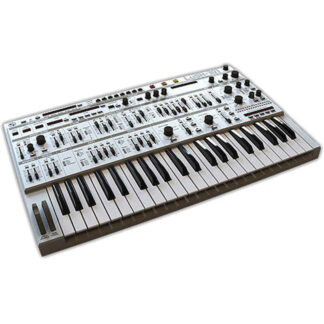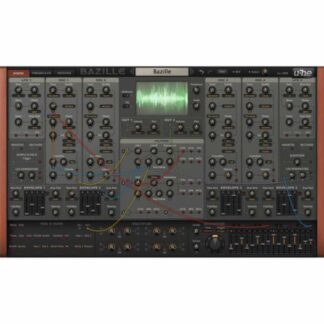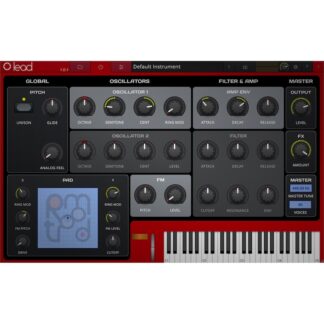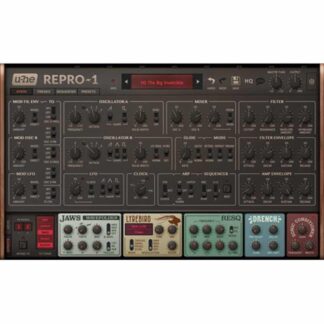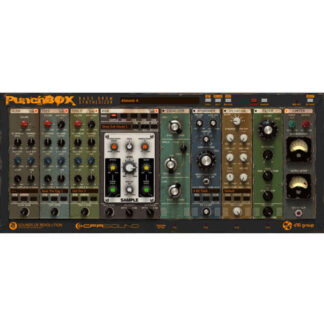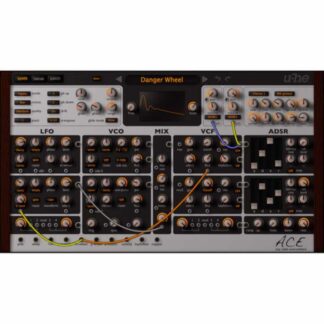Brand New
$175.00
Out of stock
Syn’X from XILS-Lab is a virtual instrument inspired by a famous and legendary vintage analog polyphonic synthesizer from the 1980s. The emulation provides two oscillators that are capable of generating multiple waveforms and a single, self oscillating multimode filter. Four envelopes provide the standard attack, decay, sustain, release points, along with a MIDI synced delay step.
Two standard polyphonic LFOs can modulate the oscillator pitch and width, the filter frequency, and the amplifier level, and can also be used as a source in the modulation matrix. Frequency can be synced to the host application tempo, and modulation can also be reset from the keyboard with free running and fade in functions available.
Chaox is a special LFO that calculates in 2D space the movement of a point with each of the two axes modulating any of the 132 available destinations. The Rhythm LFO is used for rhythmic effects with five modulations available, with each one assignable to any of the destinations. The instrument offers two MIDI keyboards suitable for split and layered instruments, and a special Guitar mode.
